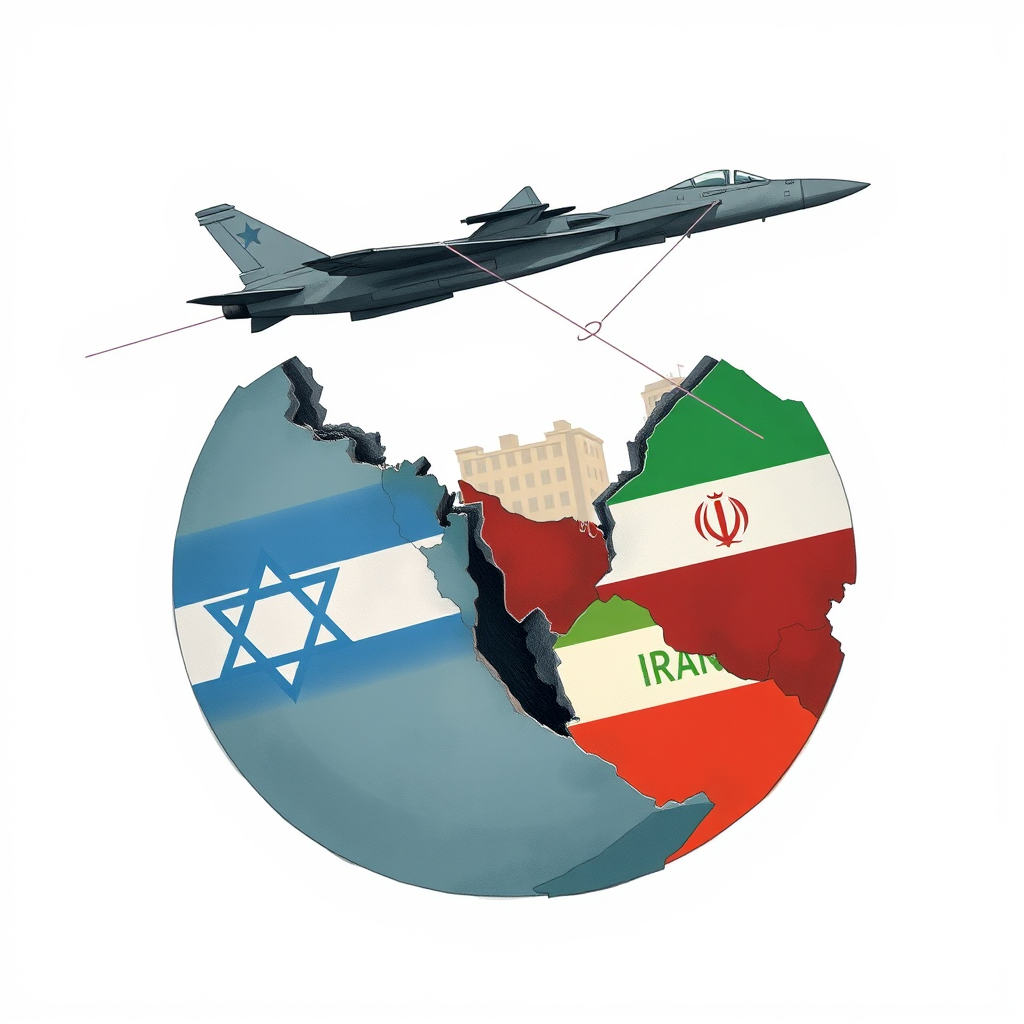Israel attacks Iran: Will US be next?

Tensions have dramatically escalated in the Middle East following a series of Israeli strikes targeting Iranian military leadership and nuclear infrastructure. The attacks, carried out last night, were framed by Israeli Prime Minister Benjamin Netanyahu as a necessary response to Iran’s advancing nuclear capabilities, which he characterized as an existential threat. However, the operation has thrown the region into a precarious situation, raising serious questions about potential US involvement and the risk of wider conflict.
Initial reports suggest the Trump administration was aware of the impending strikes but did not actively attempt to prevent them. Secretary of State Marco Rubio initially offered a noncommittal response, stating the US was not involved, while President Trump himself initially expressed reservations, seemingly preferring a diplomatic resolution. However, Trump’s stance appeared to shift quickly, with the president later taking credit for the operation’s success and highlighting US military aid to Israel. This evolving position has fueled speculation about the extent to which the US might become entangled in the conflict.
The Israeli strategy appears to have deviated from a direct assault on heavily fortified nuclear facilities, instead focusing on targeting Iranian leadership and command-and-control infrastructure. Experts like Nicole Grajewski of the Carnegie Endowment for International Peace suggest this was a deliberate attempt to disrupt Iran’s ability to coordinate and respond. However, this is likely only the opening phase of a sustained campaign, and the need for US assistance could grow as Israeli stockpiles dwindle.
Iran has already responded with a barrage of drones launched at Israel, which were largely intercepted. While ballistic missiles haven’t been deployed yet, the potential for escalation remains high. Iran’s capacity to respond is also complicated by recent setbacks to its proxy network, including a weakened Hezbollah. However, the possibility of a more substantial retaliatory strike, potentially involving Iran’s extensive ballistic missile arsenal, cannot be ruled out. Concerns are mounting that a large-scale attack could overwhelm Israeli defenses, necessitating US intervention.
The situation is further complicated by the risk of attacks targeting US forces in the region. The US has already partially evacuated its embassy in Baghdad and authorized the departure of personnel from other sites in anticipation of potential retaliation. While Iran has historically avoided direct attacks on US assets, preferring to operate through proxies, the current circumstances could prompt a change in strategy.
The Trump administration’s approach to Iran has been unpredictable, marked by both aggressive actions, such as the killing of Qassem Soleimani, and attempts at diplomatic engagement. The presence of less hawkish voices within the administration, like Vice President JD Vance, who has cautioned against being drawn into a war, adds another layer of complexity.
Ultimately, the question of US involvement hinges on how Iran responds and whether Israel’s military success continues. The current situation is incredibly volatile, and the potential for miscalculation or escalation is high. The Trump administration faces a difficult balancing act: supporting a key ally while avoiding a wider conflict that could destabilize the entire region. The coming days will be critical in determining whether this crisis can be contained or whether it will spiral into a full-scale war. It’s a dangerous game of brinkmanship with potentially catastrophic consequences, and a clear, consistent US strategy is desperately needed to prevent further escalation.